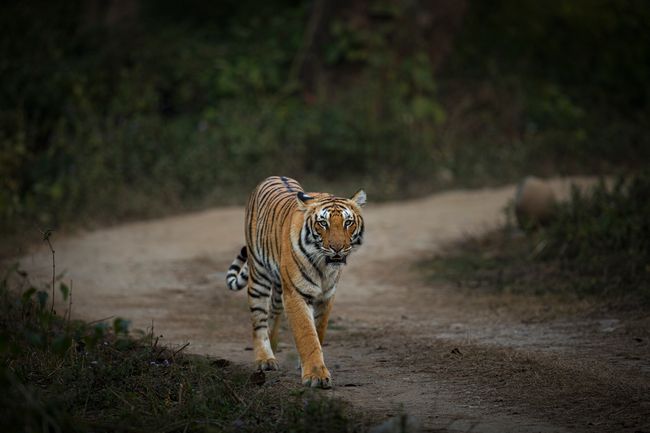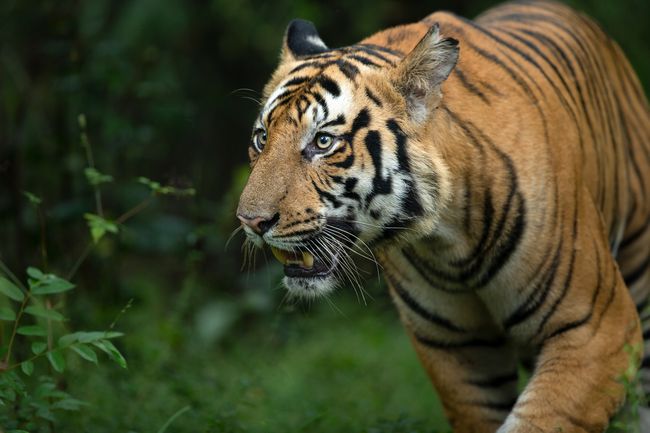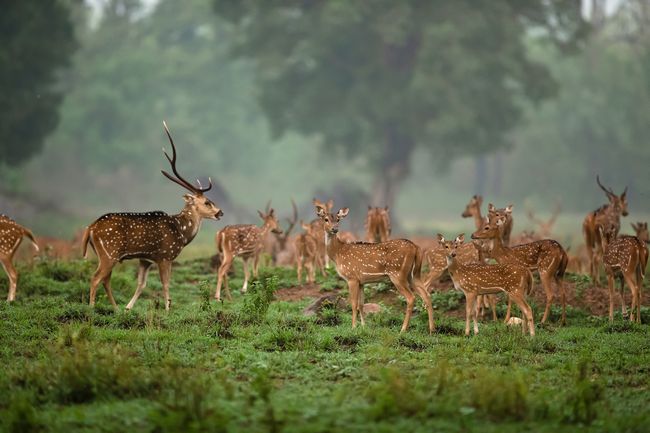Luxury Central India Tiger Safari Tour
14 Nights / 15 Days
Look no further than our Luxury Central India Tiger Safari Journey if you’re searching for a tour that offers a rich wilderness experience and some of the most captivating biodiversity. This biodiverse refuge has been regarded for more than 50 years as the holy ground of Indian wildlife. It is one of the most tourist-friendly locations for any wildlife enthusiast and covers an area of 443,449 sq km, which is larger than the entirety of France. With a network of rivers, plateaus, and mountain ranges with an altitudinal variety of 150 m to 1300 m, the area is endowed with some of the most breathtaking scenery.
The area, which has been weathered by nature over millions of years, is also gifted with a network of ravines and gorges with a variety of vegetation that is home to its exquisite flora and animals. It is understandable why many tourists who go on a tiger safari India tour feel as though they are a member of Rudyard Kipling’s unique animal kingdom. You have the chance to go on a tiger safari in India on this luxury Central India tiger safari tour through some of the most well-known national parks in the nation, including Panna National Park, Bandhavgarh National Park, Kanha National Park, and Pench National Park.
Destination Covered
- Day 01: Arrival in Delhi
- Day 02 : New Delhi – Khajuraho – Panna (flight + 40 kms/1 hr drive)
- Day 03 – 04 : In Panna National Park
- Day 05 : Panna – Bandhavgarh (250 kms/5 hrs drive)
- Day 06 – 07 : In Bandhavgarh National Park
- Day 08 : Bandhavgarh – Kanha (by surface 280 kms/6 hrs drive)
- Day 09 – 10 : In Kanha National Park
- Day 11 : Kanha – Pench (210 kms/4-5 hrs drive)
- Day 12 – 13 : In Pench National Park
- Day 14 : Pench – Nagpur – New Delhi (100 kms/2 hrs drive + flight)
- Day 15 : New Delhi Fly Back
Request a Quote
Detailed Itinerary : Luxury Central India Tiger Safari Tour
Day 01 : Arrival in New Delhi (Flight)
Our representative will meet you at the Indira Gandhi International Airport in New Delhi and take you to the hotel. They will also explain and hand you all the necessary travel paperwork and help you check-in. Stay the night at the Taj Palace in New Delhi.
Accommodation: The Taj Palace


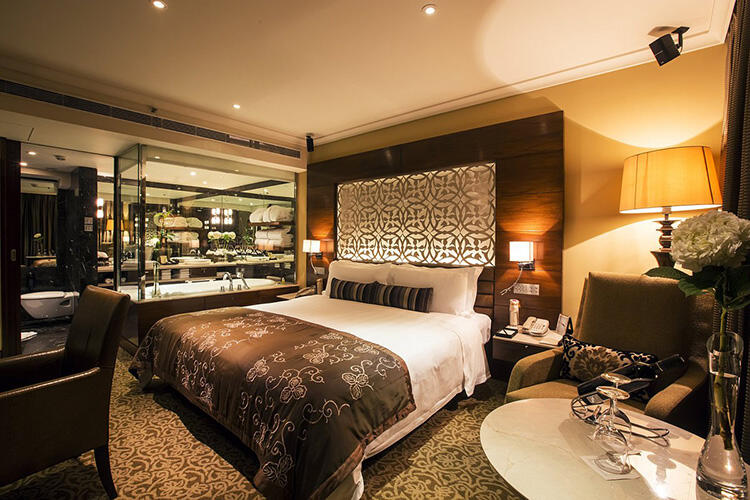
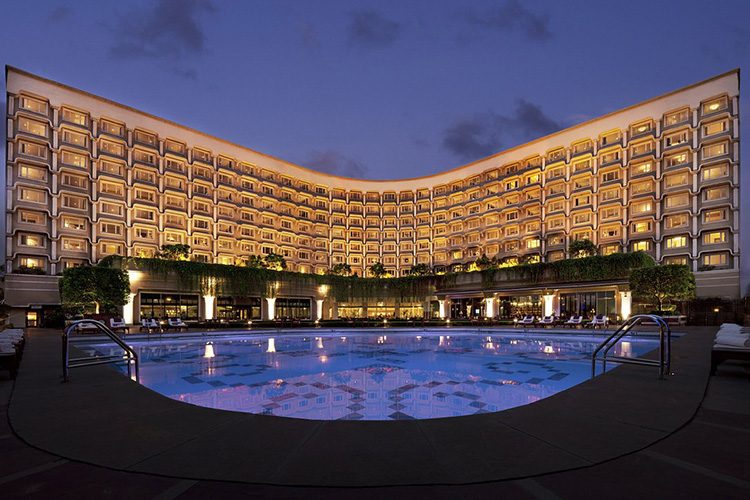
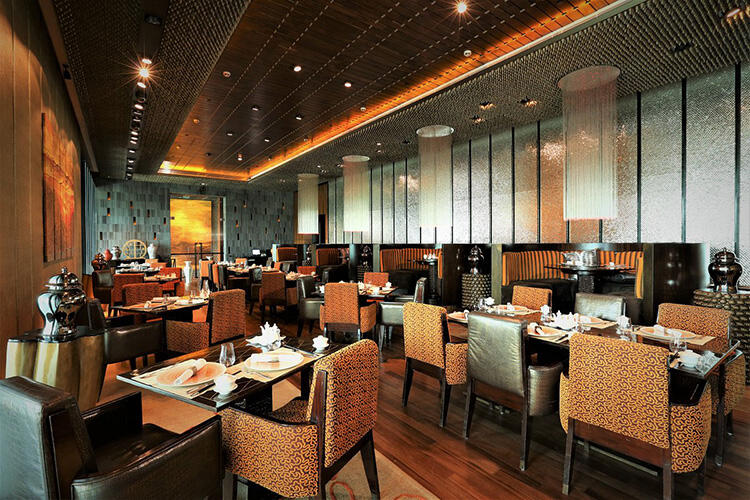
Day 02 : New Delhi - Khajuraho - Panna (flight + 40 kms/1 hr drive)
After breakfast, head to the airport to catch a flight that takes off at 1045 and lands at 1335 in Khajuraho. Meet our driver at the Khajuraho airport, then take a 40-kilometer (45-minute) trip to Panna National Park. Upon arrival, check into the Taj Pashan Garh, which is conveniently located near the Panna National Park and is scenically situated along the Ken River. Here, guests will stay in stilted tree houses suspended high above the forest floor, providing dramatic views of the river and making them ideal for romantic dinners.
Lunch and afternoon free for leisure activists. Dinner and overnight at Taj Pashan Garh.
Day 03 : In Panna National Park
Breakfast, Lunch, and Dinner at the Lodge. Morning & Evening Jeep tiger safari in the park.
Panna, which spans the Panna and Chhatarpur districts in northern Madhya Pradesh, is located in the Vindhyan Hill range. The Vindhyan ranges that connect the eastern and western populations of wild animals make Panna National Park the most significant protected area in India’s north-central highlands.
Panna National Park is found along the banks of the Ken River, only 31 kilometres from the renowned temples at Khajuraho. The Park is home to numerous plateaus, expansive flatlands, steep valleys, and gorges as well as deep ravines, gushing waterfalls, and thick teak forests. Most of the land is rough and uneven. It includes open woods and mixed dry deciduous forests with short grasses. Taller grasses and closed forests are typical at lower altitudes. On gorges and slopes with hills, common bamboo is also present.
Home to the majestic tiger, guests also have a good chance to see leopard, wolf, hyena, jackal and sloth bear. The reserve is also well known for sightings of nilgai, sambar, chital, wild boar and Indian crocodile.
Accommodation: Taj Pashan Garh
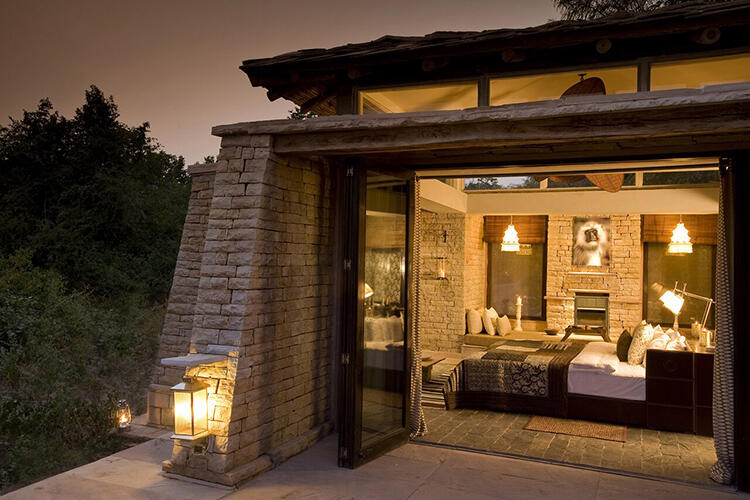
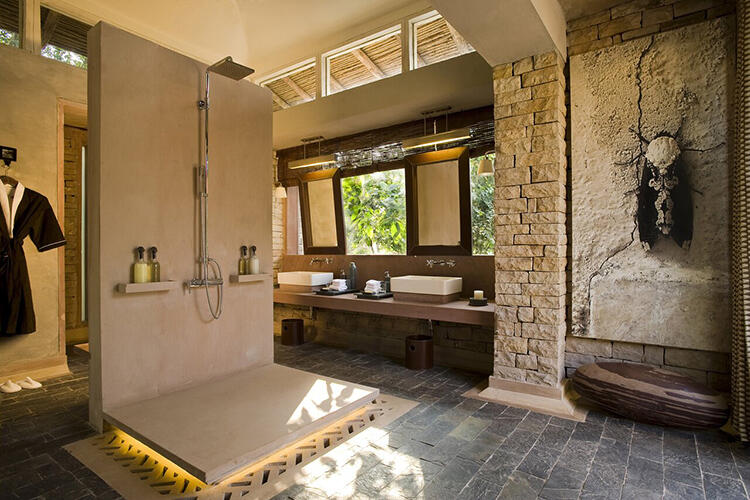
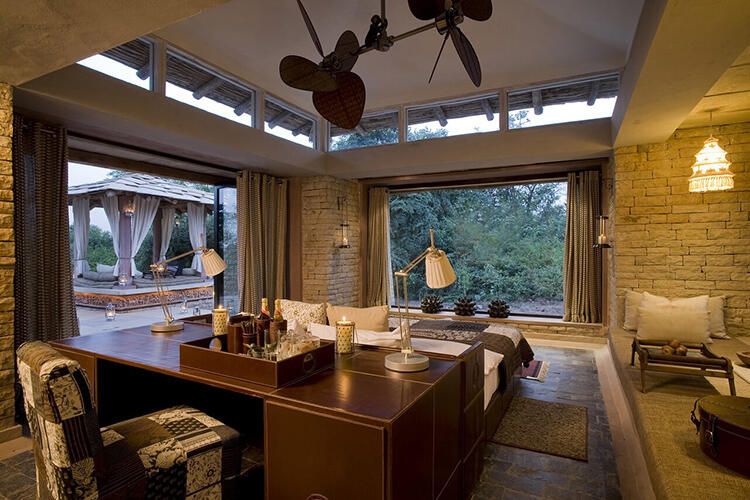
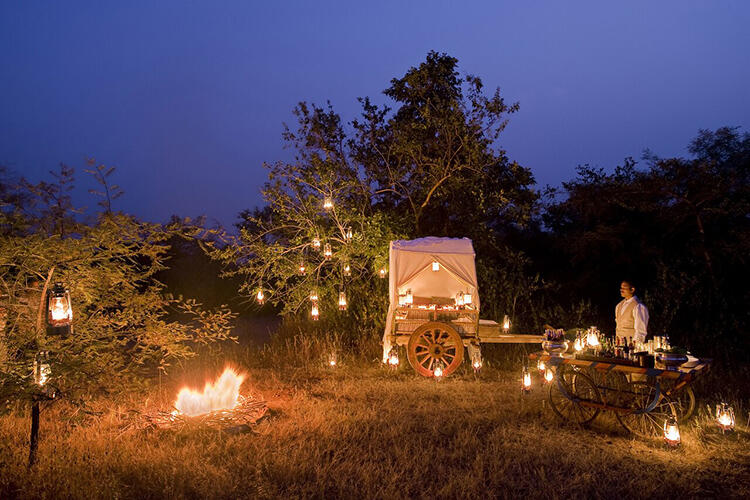
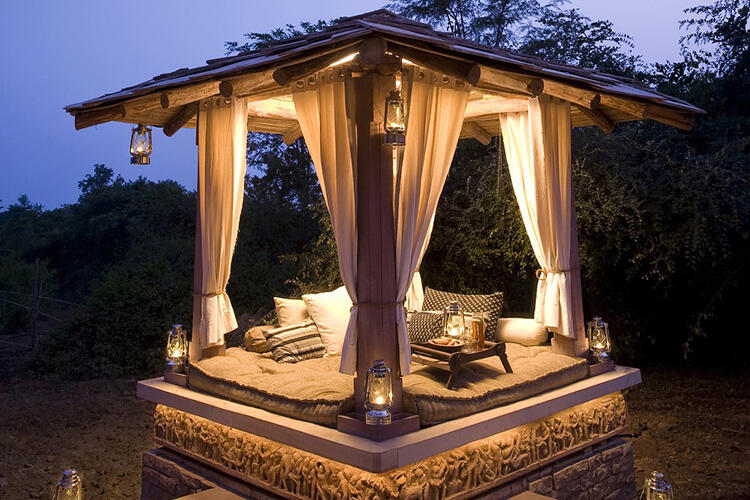
Day 04 : In Panna National Park
At the Lodge for breakfast, lunch, and dinner. Ken River boat ride in the morning to look for crocodiles and gharials. A rare species of crocodilian native to northern South Asia, the gharial (Gavialisgangeticus) is distinguished by its long, narrow snout. A bulbous development can be seen at the tip of the snouts of mature males. The sole remaining member of the Gavialidae family is the gharial.
One of the most inspiring conservation success stories is Panna National Park. By way of deliberate poaching from 2006 to 2008, this national park completely lost all of its tigers. Three Tigers were moved from other reserves into Panna for the first time in the history of tiger conservation. These tigers settled in Panna, and thanks to the Forest Department’s tireless efforts, the number of tigers has nearly recovered to around 50 now (cubs included).
The jungle safari resort run by Taj Safaris is made up of a collection of stone huts nestled on a tiny hill with stunning views of the surrounding forest and a sizable waterhole that has been the site of numerous tiger and local antelope sightings.
The dry-packed stone homes of the Panna region serve as the inspiration for this lodge. These homes stand out from other Madhya Pradesh architectural designs thanks to their striking slate roofs made of large, asymmetrical slate slabs. The guest rooms honour Haveli architecture and have a large central patio. The adjacent Ken River is home to crocodiles, which are a prominent motif throughout the lodge. The interiors are sleek and elegant despite the constructions’ rugged, clunky, and stone exteriors.
12 stone huts make up the lodge, which also has a central guest area with gorgeous leather furnishings produced in Delhi and enormous black-and-white photo canvases of the breathtaking Panna vistas. Subtle allusions are made to the sensual masonry of the adjacent Khajuraho temples.
Afternoon jeep tiger safari to the national park. Dinner and overnight at Taj Pashan Garh.
Accommodation: Taj Pashan Garh
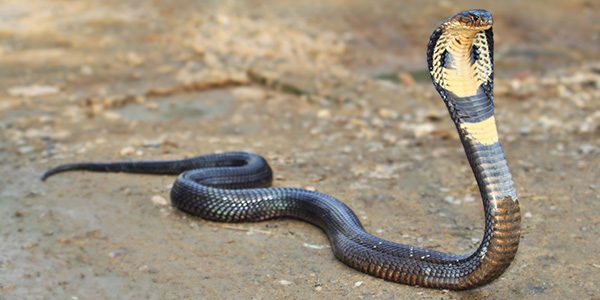
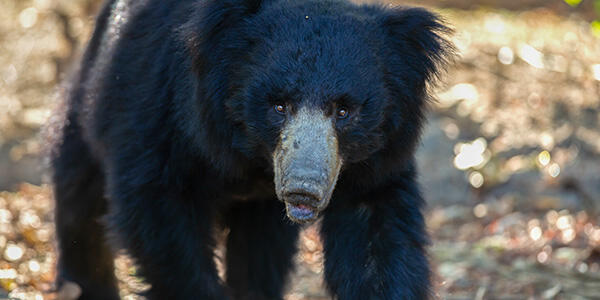
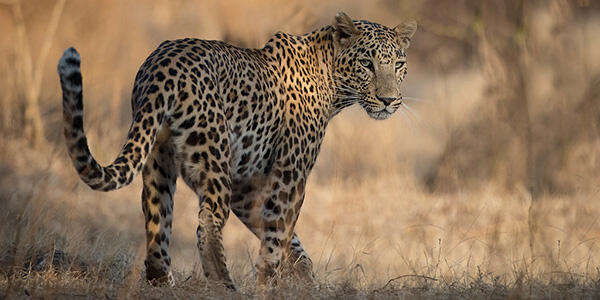
Day 05 : Panna - Bandhavgarh (250 kms/5 hrs drive)
Drive the 240 kilometres (5 hours) to Bandhavgarh National Park after breakfast. Check into the Taj Mahua Kothi upon arrival. This cosy lodge is located next to Bandhavgarh National Park, one of India’s most beautiful national parks. It has twelve exquisite guest apartments that were built in the attractive regional Madhya Pradesh style. The Madhuca indica, also known as the Mahua or Butter Tree, is one of India’s most beautiful trees and is the source of the name Mahua Kothi.
This tree, pronounced “ma-hoo-aa,” is significant in festivals and ceremonies because of its fleshy off-white blossoms. Only 20 minutes from the park’s entrance, The Lodge sprawls across a 40-acre plot of land. The guest areas, which are located in the original kothi (homestead), have been exquisitely refurbished. All of the guest accommodations are brand-new.
Visitors enjoy the yoga supplies that are offered in a basket along with the instructions, as well as the classic Indian pastimes of Chaupad and marbles. With the early morning tea, kettles of boiling water on chulhas (charcoal burners) are delivered to the kutiyas. The bicycles sitting in the kutiya courtyards invite exploration.
After lunch at the lodge, go for the afternoon game drive in the national park at 14:30. Depending on the month of the year, a different time for the tiger safari begins. A forest with a stellar reputation for Tiger sightings is Bandhavgarh. Your time pursuing the beautiful and elusive Tiger will be unforgettable. In contrast to Africa, where the ecosystem, wildlife, and technology help you track wildlife, experiences in India are, to put it mildly, quite contrasting, educational, and fascinating. You will always remember the enjoyable time you had on the tiger safari with the knowledgeable drivers and knowledgeable guides in the national park. Tiger excursions in the afternoon often last 3 to 4 hours and terminate just before dusk.
Dinner and overnight at Taj Mahua Kothi.
Accommodation: Taj Mahua Kothi
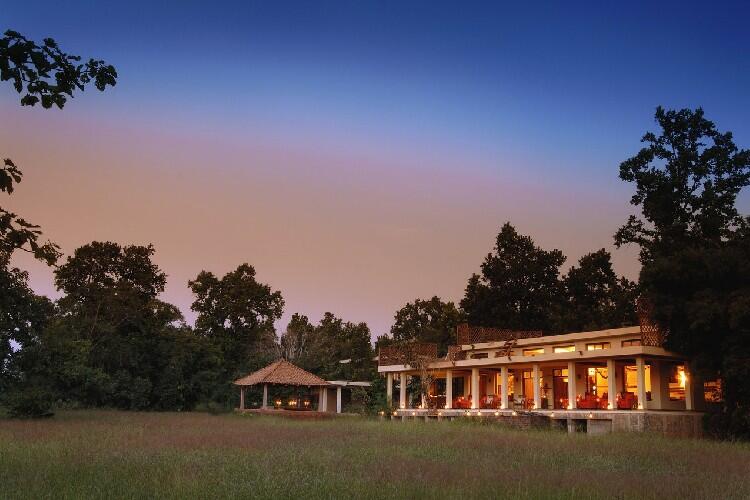
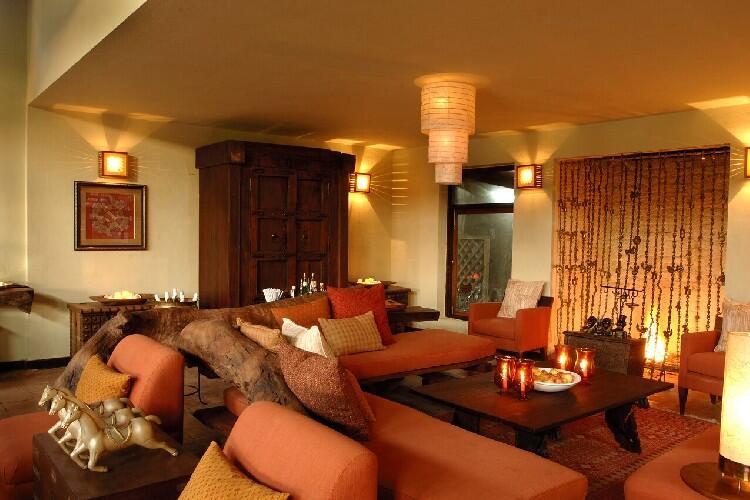
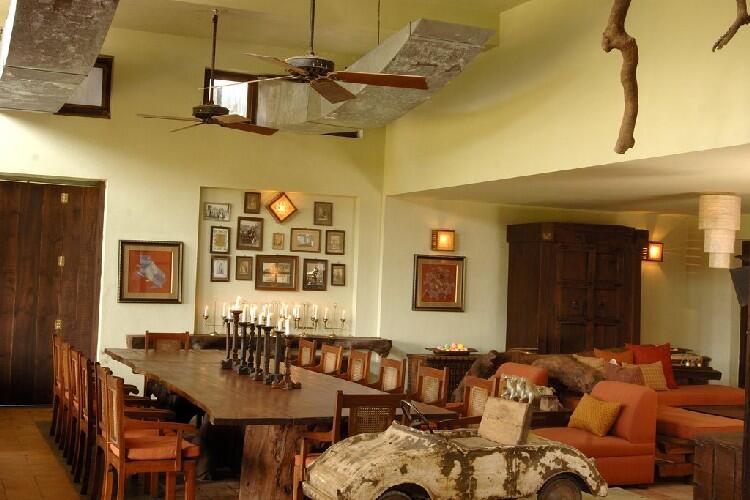
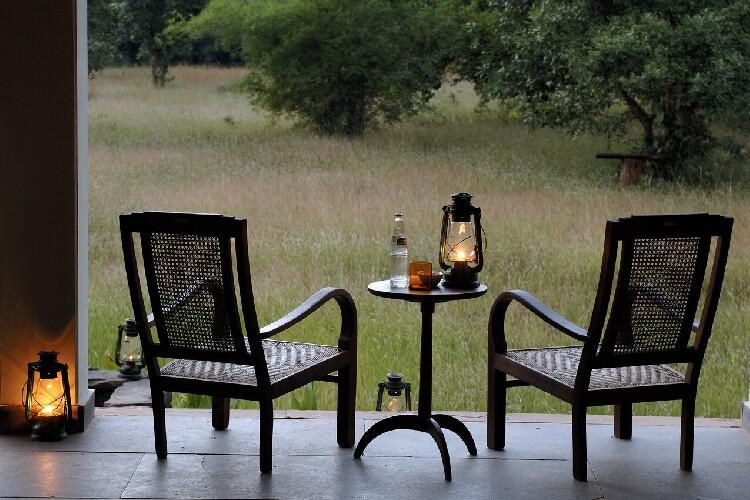
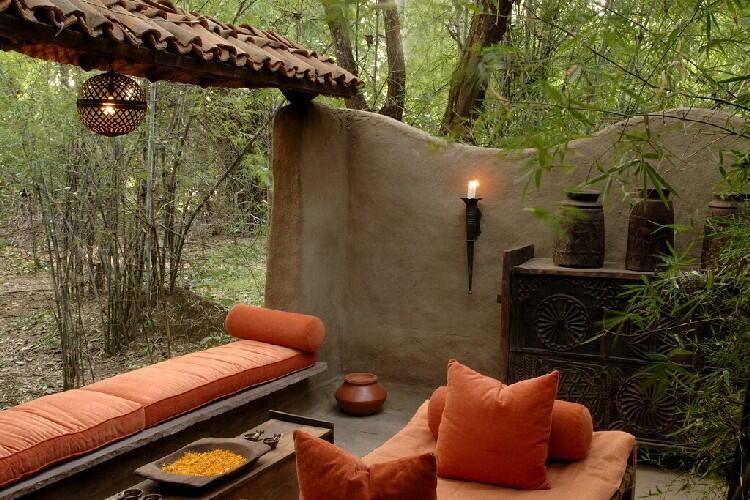
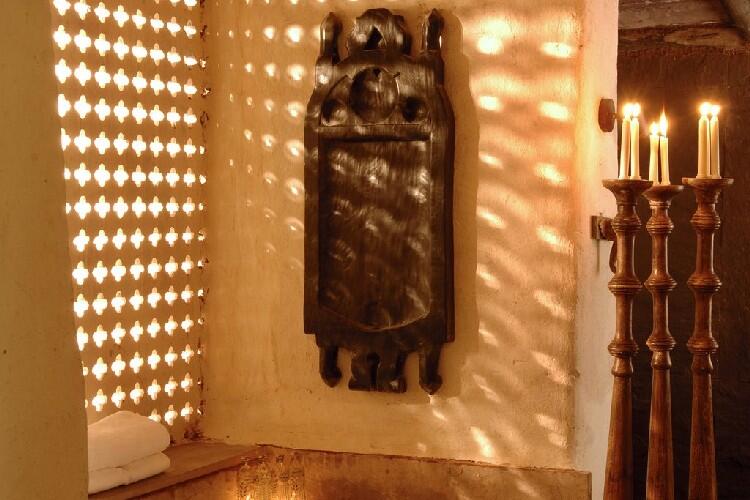
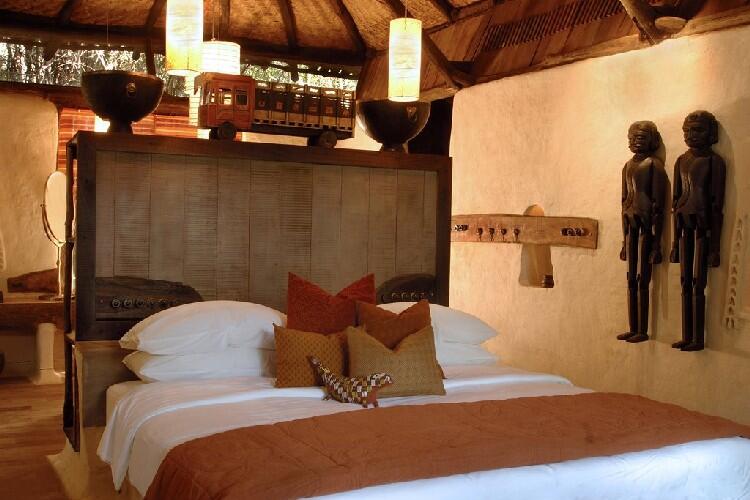
Day 06 - 07 : In Bandhavgarh National Park
Breakfast, Lunch and Dinner at the Lodge. Morning & Evening tiger safari in Bandhavgarh national park.
Bandhavgarh National Park, a 448 km2 renowned tiger reserve tucked within the gorgeous Vindhya and Satpura hills, is located in the Madhya Pradesh state in central India. One of India’s most stunning national parks is this one. Tropical woods, woodlands, and steep, rocky hills with flat meadows in the valleys below make up the stunning environment. One of India’s most remarkable parks is Bandhavgarh, which features a 2,000-year-old fort, a monument of Lord Vishnu from the 10th century, a sal jungle that is dense and covered with grass, and other natural features.
One of the Subcontinent’s largest tiger densities may be found in Bandhavgarh. Numerous expansive grassland meadows dot the mountainous, open terrain, increasing the likelihood of sightings. Bandhavgarh is well-known throughout the world due to the size of its big cat population. In addition, there are many other types of mammals that live in the park, including the leopard, chital (spotted deer), Sambar deer, nilgai, wild boar, chinkara, sloth bear, rhesus macaque, grey langur, jungle cat, hyena, porcupine, jackal, fox, and wild dog.
Accommodation: Taj Mahua Kothi
Day 08 : Bandhavgarh - Kanha (by surface 280 kms/6 hrs drive)
Tiger safari in Bandhavgarh national park in the morning. Depart later for Kanha (280kms, 6 hours). Check into Taj Banjaar Tola Kanha upon arrival. The Banjaar River banks, which directly overlook the centre of Kanha National Park, are home to Taj Safaris’ third jungle safari resort. One of the first nine tiger reserves established, Kanha National Park, will feature nine striking tented suites that are spread out along the Banjaar River’s edge and border the park’s rich riverine forests. The suites are designed with masculine canvas and aged wood to evoke a classic jungle atmosphere. The opulent yet portable suite tents have beautiful bamboo floors, pressed bamboo wall panels, and locally made furniture that was carved from exotic Indian tree wood. They also offer a private bathroom.
The fabrics feature rich block-printed Madhya Pradesh cottons and silks with delicate saffron and acid-washed green hues. The environment is airy, ethereal, and natural. The lodge has two exquisite camps, each with nine apartments and a secluded tented sitting area. Banjaar Tola has a distinctive identity of its own, honouring the Bastar and Dogra art of neighbouring Chattisgarh.
Dinner and overnight at Taj Banjaar Tola.
Accommodation: Taj Banjaar Tola
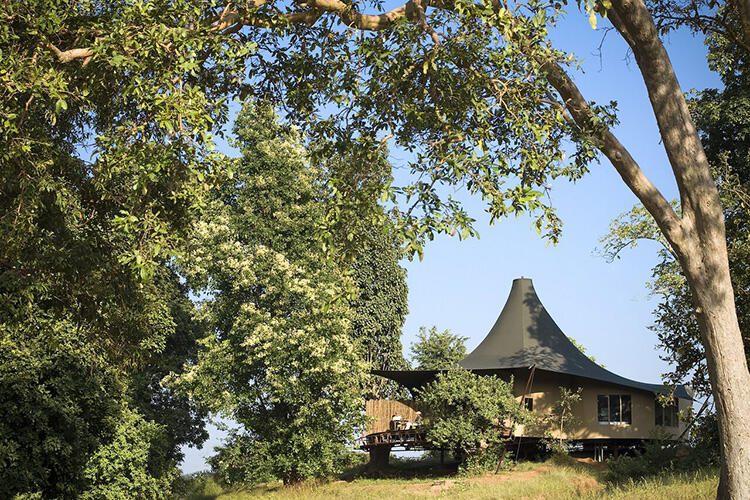
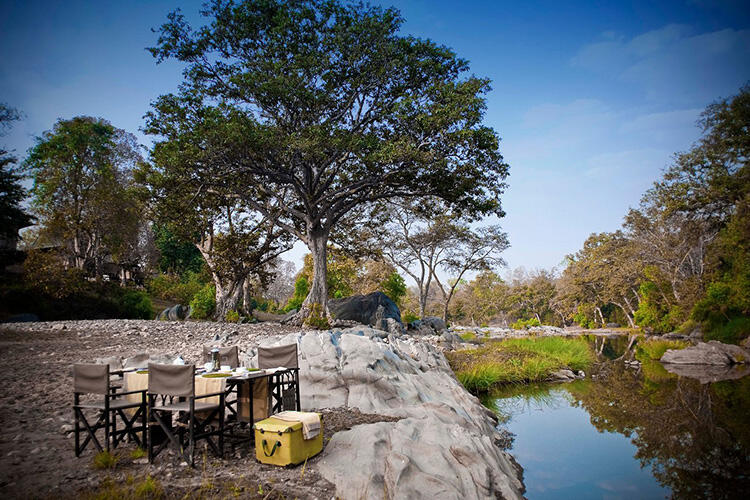
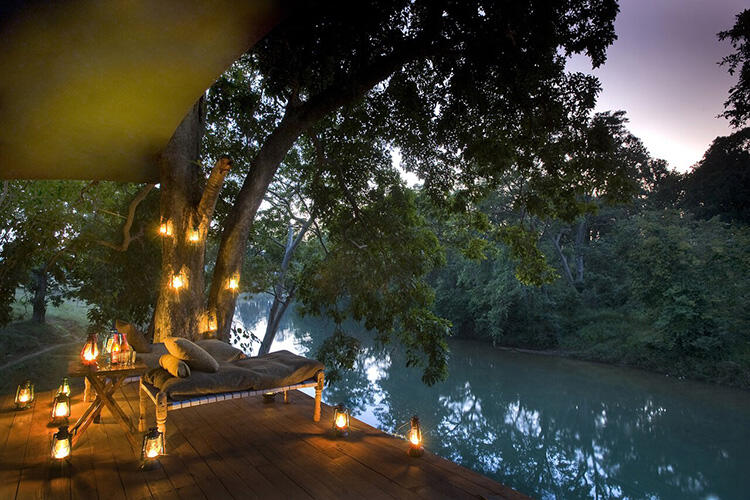

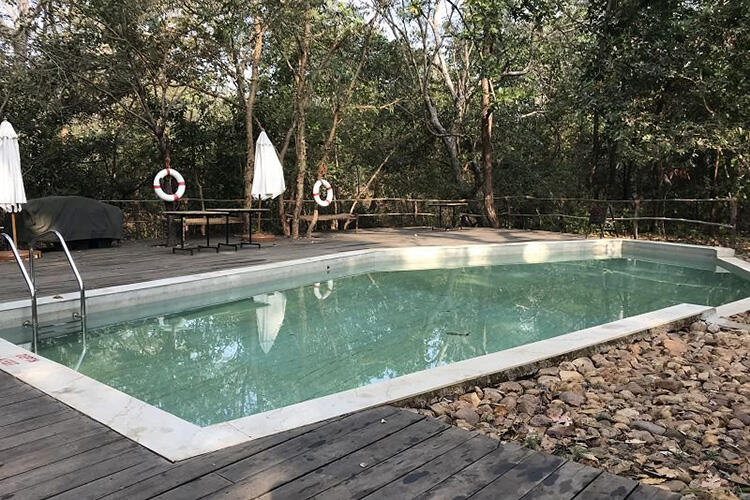
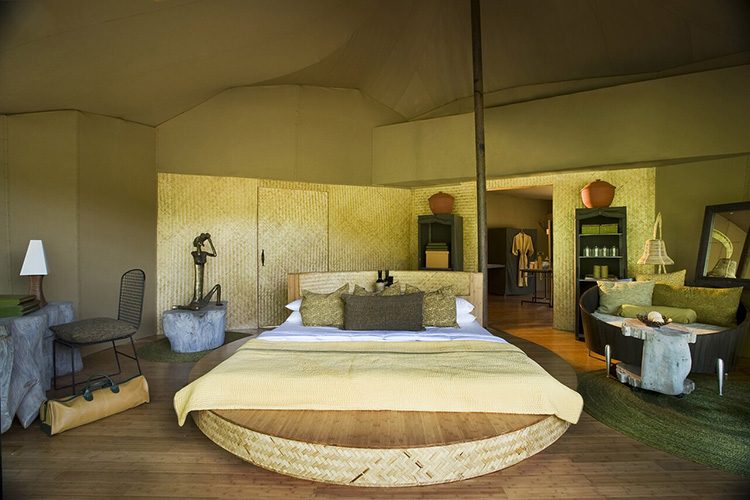
Day 09 - 10 : In Kanha National Park
Wake up at 0500hrs with tea/coffee and biscuits and proceed for the morning tiger safari tour to Kanha National park.
The central portion of the reserve, covering 940 sq km, is made up of sal and bamboo forests, rolling grasslands, and meandering streams. The park, established in 1974 as part of Project Tiger, is one of the few places where the uncommon hardground Barasingha may be found (Cervus Duvaceli Branderi).
This is the actual Kipling nation that Rudyard Kipling described in such vivid detail in The Jungle Book. A predetermined location will have a packed breakfast from the Lodge set out on the tiger safari vehicle’s bonnet. Enjoy your breakfast while exploring Kanha’s forest.
You would be overjoyed that the forest was included in this itinerary after seeing Kanha. This park is a must-visit as part of your India trip because of its natural beauty and diverse biodiversity. Around 70 different tree species may be found in Kanha, which is also home to over 300 different bird species.
If you haven’t already, keep looking for the elusive Tiger while taking in the revitalising fresh air. Around 11:30 a.m., return from the tiger safari excursion. While lunch is being prepared, get dressed.
Leave after lunch to go on a jeep safari in Kanha National Park. From the wildlife safari, return at 6 o’clock. at the Lodge for dinner and the night.
Dinner and overnight at Taj Banjaar Tola.
Accommodation: Taj Banjaar Tola
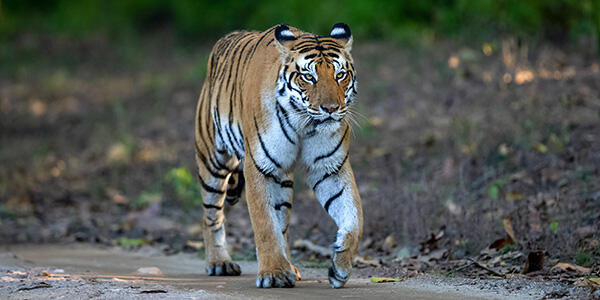
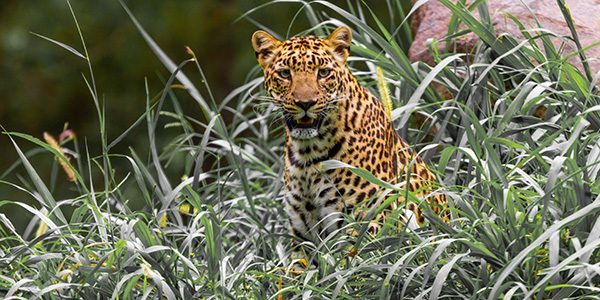
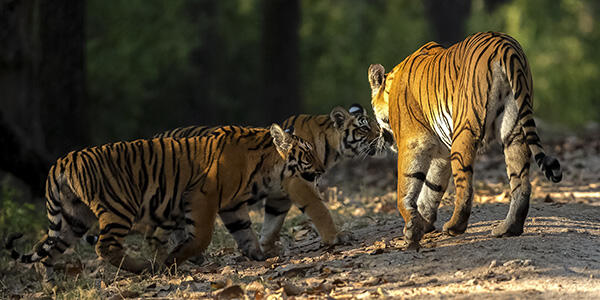
Day 11 : Kanha - Pench (210 kms/4-5 hrs drive)
Early-morning tiger safari in Kanha tiger reserve. After a leisurely lunch, travel the 210 kilometres (5 hours) to Pench National Park. Check into Taj Baghvan upon arrival. This lovely lodge is situated on the outskirts of the hilly, forested, and valley-filled Pench National Park. The lodge has twelve separate suites, known as “machans,” each with a lovely rooftop terrace. Baghvan will charm and enthral you with its location deep within the wilderness grounds and is ideal for sleepouts beneath starry Indian nights.
The Bengal tiger, one of India’s most recognisable emblems, inspired the name Baghvan (bagh – tiger and van – forest). This charming resort, pronounced “baagh-vun,” is situated on the outskirts of Pench National Park, a dry deciduous forest with flowing jungle streams and a predominately teak tree population. Our visitors enter the Indian jungle’s heart in just ten minutes from the park’s entrance.
Baghvan features 12 independent suites that are located next to a scenic nullah (dry riverbed) and are shielded from the sun by lovely forest trees. Each large apartment has a distinct 1950s-style ambiance and contemporary bungalow feel.
Breakfast and lunch are served on a broad, shaded deck that surrounds the lovely pool and looks out onto the nullah, which is a preferred travel route for Pench tigers. Cocktails are enjoyed as the sun sets while watching an Indian flying squirrel do stunning aerobatics under a massive Banyan tree.
Dinner and overnight at the TajBaghvan.
Accommodation: Taj Baghvan

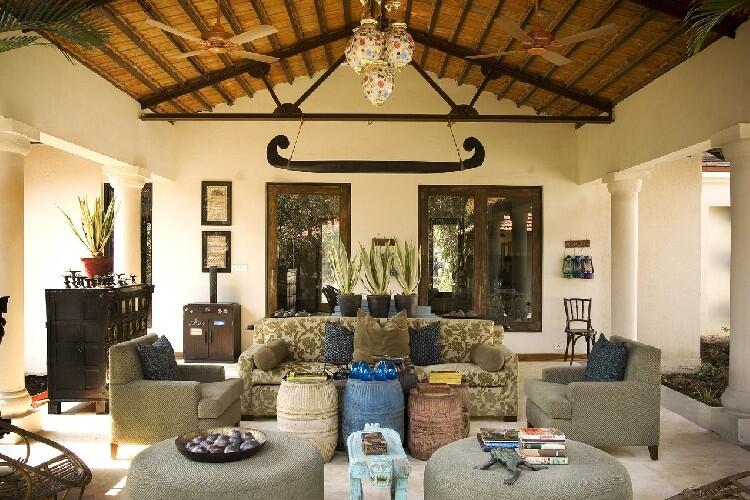
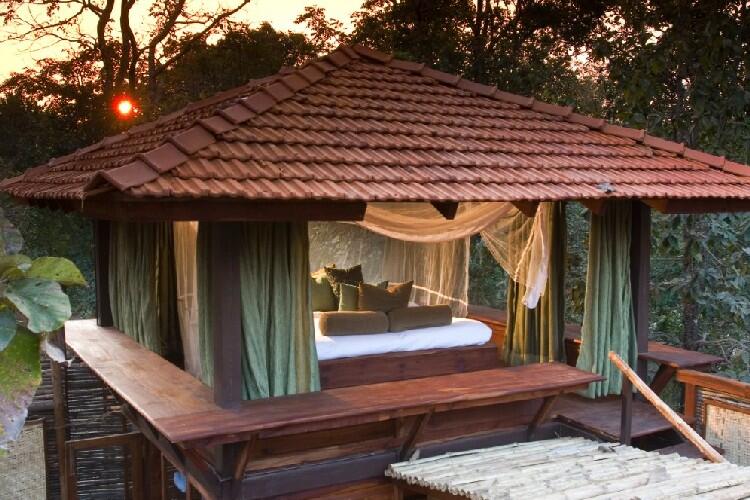
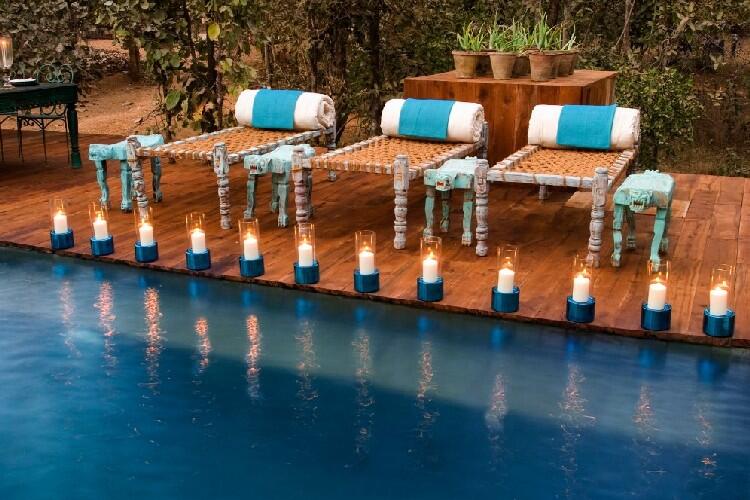
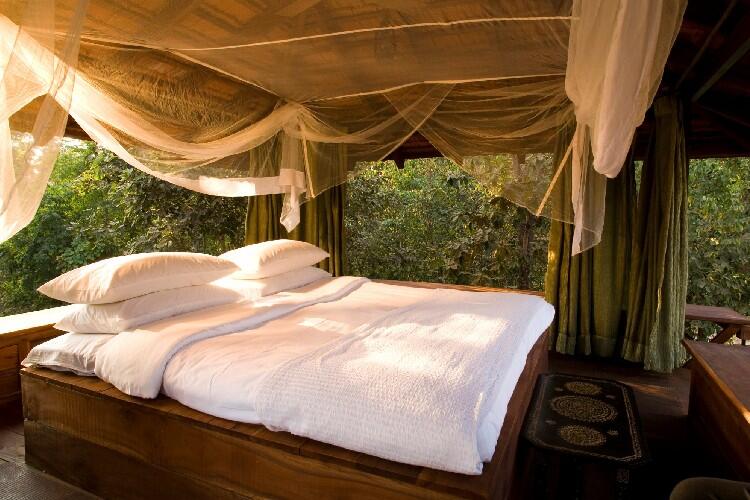
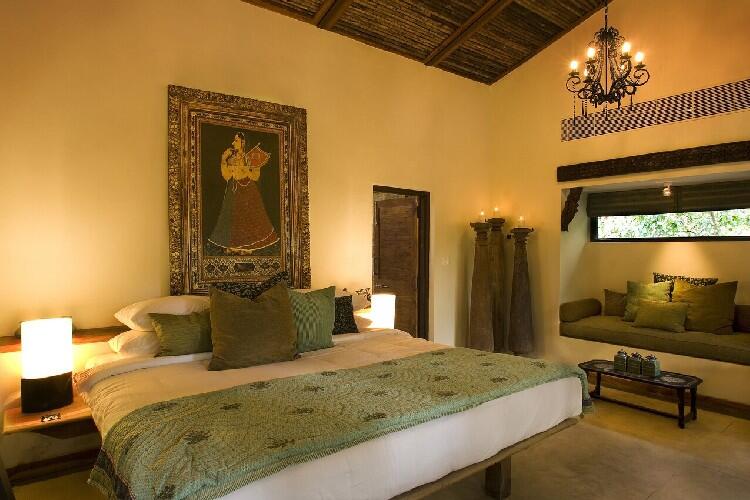
Day 12 : In Pench National Park
Breakfast and lunch at the hotel. Morning and afternoon tiger safari tour to the National park.
Pench extends an unconditional welcome to you. This park is situated between the Aravali, Vindhyanchal, Satpura, and Maikal Mountain Ranges. In comparison to Kanha and Bandhavgarh, this region has a bigger herbivore population since the pathways are smoother and the trees are thicker with deep undergrowth.
Birds of prey, with their distinctive sounds, live in the skies. The jungle then experiences brief periods of quiet. Avoid becoming engrossed in the silence when your mind is chatting to itself; this is a rare opportunity for your mind in cities. To ensure that you and your camera have not left anything to the imagination, concentrate on the ground or jungle activities. You may be able to see Baloo and Mowgli performing “Song of Bare Necessities” if you try to see the world through Kipling’s eyes. And King Khan is waiting for them in the dense grass to ruin their celebration. This and much more will be experienced against a backdrop of opulent lodging, warm service, and mouthwatering food in exciting surroundings.
This national park received international recognition from Rudyard Kipling’s classic tale, the Jungle Book.
Dinner and overnight at the Taj Baghvan.
Accommodation: Taj Baghvan
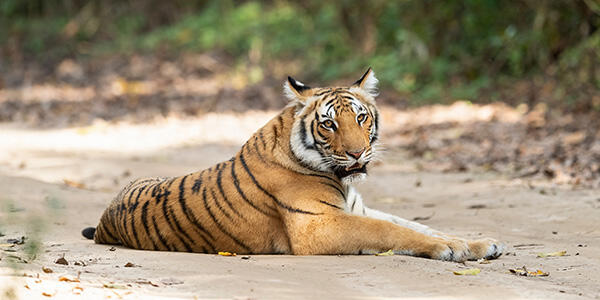
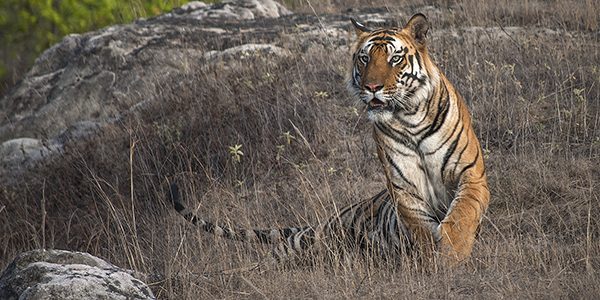
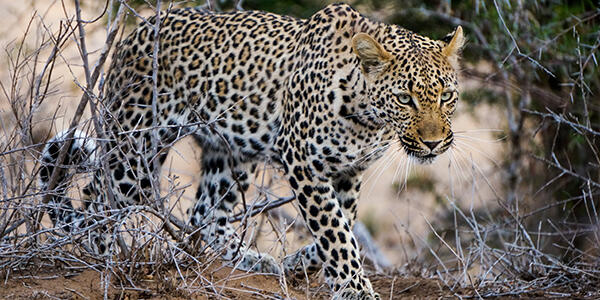
Day 13 : In Pench National Park
Breakfast and lunch at the lodge. Morning and afternoon Jeep tiger safari tour to the National park.
Pench National Park, nestling in the lower southern reaches of the Satpura hills is named after Pench River which flows from north to south through the Pench National Park. It is located on the southern boundary of Madhya Pradesh.
This tropical moist deciduous forest in Southern India spans an area of 758 sq km and weaves into the tropical dry deciduous teak forest. There are several intertwining streams and “nallahs” in the area, most of which are seasonal. Although the Pench River dries up at the end of April, there are a number of water pools, known locally as “dohs,” that serve as watering spots for wild animals. During the water shortage, the Pench Reservoir in the park’s middle is the sole significant water source.
Tigers typically reside in and frequent this belt because there is a large concentration of prey there near the Pench River. Although they are frequently spotted in the deep forest, leopards are known to operate in the outskirts. Many people have seen jungle cats. Due to their nocturnal activities, palm civets, little Indian civets, and leopard cats can all be found but are rarely seen.
Cheetal and Sambar are frequently spotted grazing in Pench in open areas along roadsides, the banks of rivers, and reservoirs. All across the Park, jackals can be observed looking for food. Wild dog packs of up to 15 or more have been spotted close to the Reserve’s Chhedia, Jamtara, Bodanala, and Pyorthadi sections. In the summer, gaur herds are frequently seen by streams and bamboo groves. Sloth beer prefer the mahua and bel-dominated woodland and live in the rocky places. Chinkara is a fairly rare species that can be found in the open spaces near the villages of Turia, Telia, and Dudhgaon.
Dinner and overnight at the Taj Baghvan.
Accommodation: Taj Baghvan
Day 14 : Pench - Nagpur - New Delhi (100 kms/2 hrs drive + flight)
Morning game drive in the national park and after lunch, drive to Nagpur (100 kms 2 hrs) to board a flight to New Delhi at 1945 hrs which arrives at at 2130 hrs. On arrival, transfer to the hotel. Overnight stay at the Taj Palace Hotel, New Delhi.
Accommodation: Taj Palace Hotel
Day 15 : New Delhi Fly Back
Morning free for leisure activities and later transfer to international airport to board a flight back home.
Guest Testimonials and Experiences
Our efforts have time and again been recognized by all our guests on TripAdvisor. With reviews that are 100% genuine, you can read them here or head on to our official TripAdvisor page to browse through them in detail.
ENQUIRE NOW
Lets plan your safari tour. Please fill the enquiry form below and our team will get back to you within 24 hours with a perfect safari package.
Related Tours for Tiger Site Seeing
An abundant tiger population is a sign of a healthy forest as tigers are at the top of the food chain. Predators have regulated the numbers of other species throughout evolution; carnivores like tigers are responsible for controlling the population of herbivores. In turn, because of this “feedback mechanism,” populations can only fluctuate within specified bounds.
As long as people don’t overuse the forest’s vegetation, which has herbivore numbers under check but not depleted, it should survive. Overgrazing pressure won’t stop seeds from being spread by new growth. Rainwater is shielded by healthy vegetation, which also preserves the water table. Many forests serve as significant river catchment areas, which are essential to the survival of numerous species, including humans.
Top-of-the-food-chain species are typically bigger and need more room than other animals, especially if they are territorial. By preserving such species in the wild, we can conserve vital ecological processes like water and nutrient cycling as well as the habitats of many other animals. As a result, the tiger is the protector of numerous other animals.
09 NIGHTS / 10 DAYS
Related Tiger Safaris
15 NIGHTS / 16 DAYS
Related Tiger Safaris
13 NIGHTS / 14 DAYS
Related Tiger Safaris

